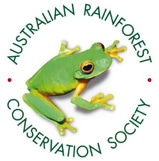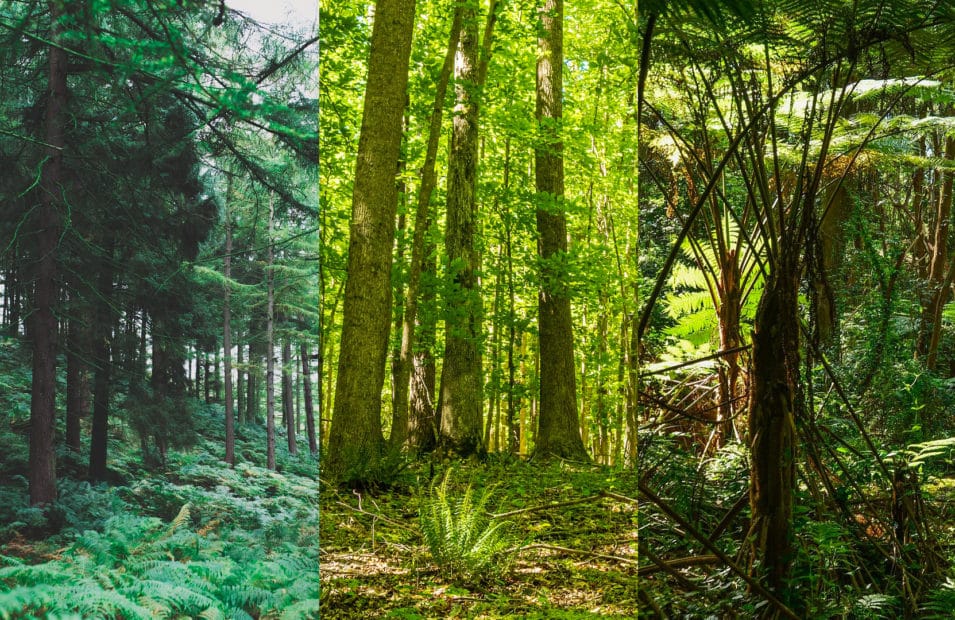Primary Boreal Forests
Primary boreal forests provide critical stores of carbon, biodiversity and freshwater
Boreal forests are home to 481 Million hectares of remaining primary forest, or 41% of the global total
Carbon
Boreal forests store about 65% of the world’s forest carbon, which is mostly held within the soils.
- The cold, wet, environment slows decomposition on the forest floor, leading to thick layers of moss and litter, and soils that can be meters deep storing ~85% of the ecosystem’s carbon. Due to climate change, these regions are becoming warmer and drier, meaning that the amount of carbon these ecosystems can store will likely be lower in the future.
- Permafrost is soil that remains frozen throughout the year, preventing decomposition and storing large quantities of carbon. In a warming climate, permafrost will thaw, emitting methane and carbon dioxide.
- Peat is partially decayed vegetation often found in the fens and bogs of the boreal forest, where the water-saturated soils prevent full decomposition, and stores 270 billion tonnes of carbon across the boreal forest.
- Carbon storage within the soils of the boreal forest has a turnover rate of approximately 50 years, which is more than twice as long as that in temperate or tropical forests.
- Fire is a natural part of this ecosystem and is necessary for the regeneration of several important tree species. However, climate change is leading to higher frequency and severity of these fires.
- Clear-cut logging does not mimic wildfire. Fires do not combust tree boles, and the resulting dead standing trees and woody debris are longer-lived than most sawn timber products by at least a factor of two.
CARBON STORED [in billion tonnes]: 1,042
TOTAL BOREAL FOREST carbon = more carbon than is currently stored in the atmosphere and twice as large as all anthropogenic emissions since 1870
CARBON STORED [tonnes C ha-1]
vegetation: 47–142
soils: 125–812
peat: 110–1,213
Below ground: 912 Above ground: 130
Big, Old Trees
Large trees are critical to maintaining biodiversity, and are being lost due to harvesting and other anthropogenic impacts.
- Southern boreal forests typically have trees 15–30 m high, while northern boreal forests have stunted trees usually 3–15 m high.
- Old trees are critical for the growth and abundance of epiphytic lichens on their branches, which can decrease by a factor of 6 in managed forests.
- Old, dead trees, both standing and on the ground, provide diverse habitats that are important for many species of birds, fungi and insects.
- Logging and other anthropogenic disturbances homogenize the landscape, leading to an abundance of young forests and a scarcity of older forests, while removing much of the dead wood, and render the forest vulnerable to human-ignited fires.
Biodiversity
The diverse ecosystems, flora and fauna within the boreal forest, contribute to the ecosystem services this biome provides.
- US$703 billion of services per year in Canada alone.
- 60% of the world’s remaining surface freshwater is stored within the boreal forest, and the wetlands purify this water, filtering out contaminants.
- Provides important breeding ground for birds from further south, and important for almost half of all North America’s bird species.
- Maintaining biodiversity leads to higher levels of ecosystem services such as carbon storage, berry production and game populations.
- Many indigenous communities are dependent on the ecological integrity of old growth boreal forests for medicinal plants, cultural practices and traditional livelihoods.
- These ecosystem services are likely at risk under the warming climate.






